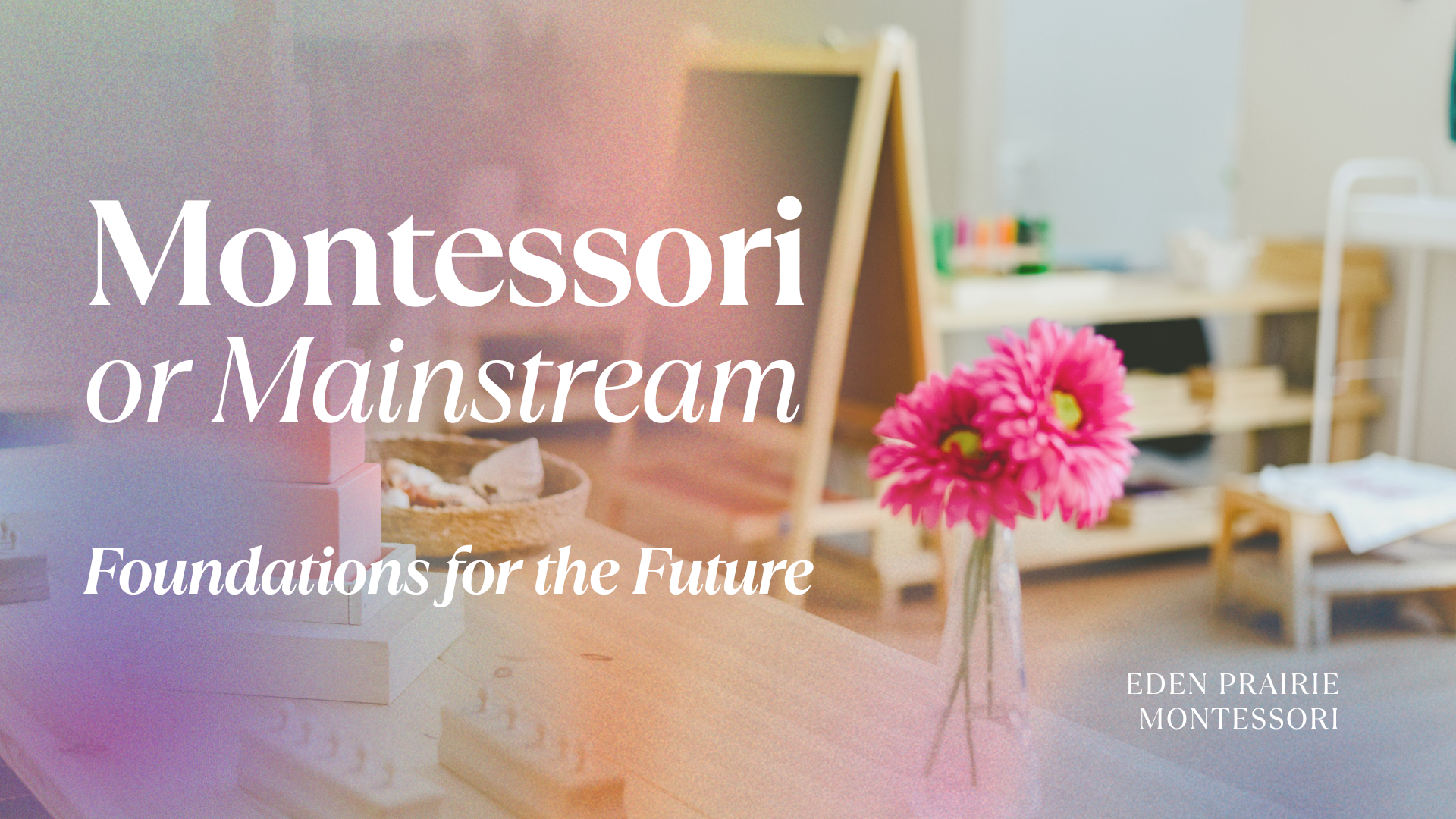Eden Prairie Montessori Learning Blogs
Toilet Learning: Potty Training The Montessori Way
Toilet Learning: Potty Training The Montessori Way
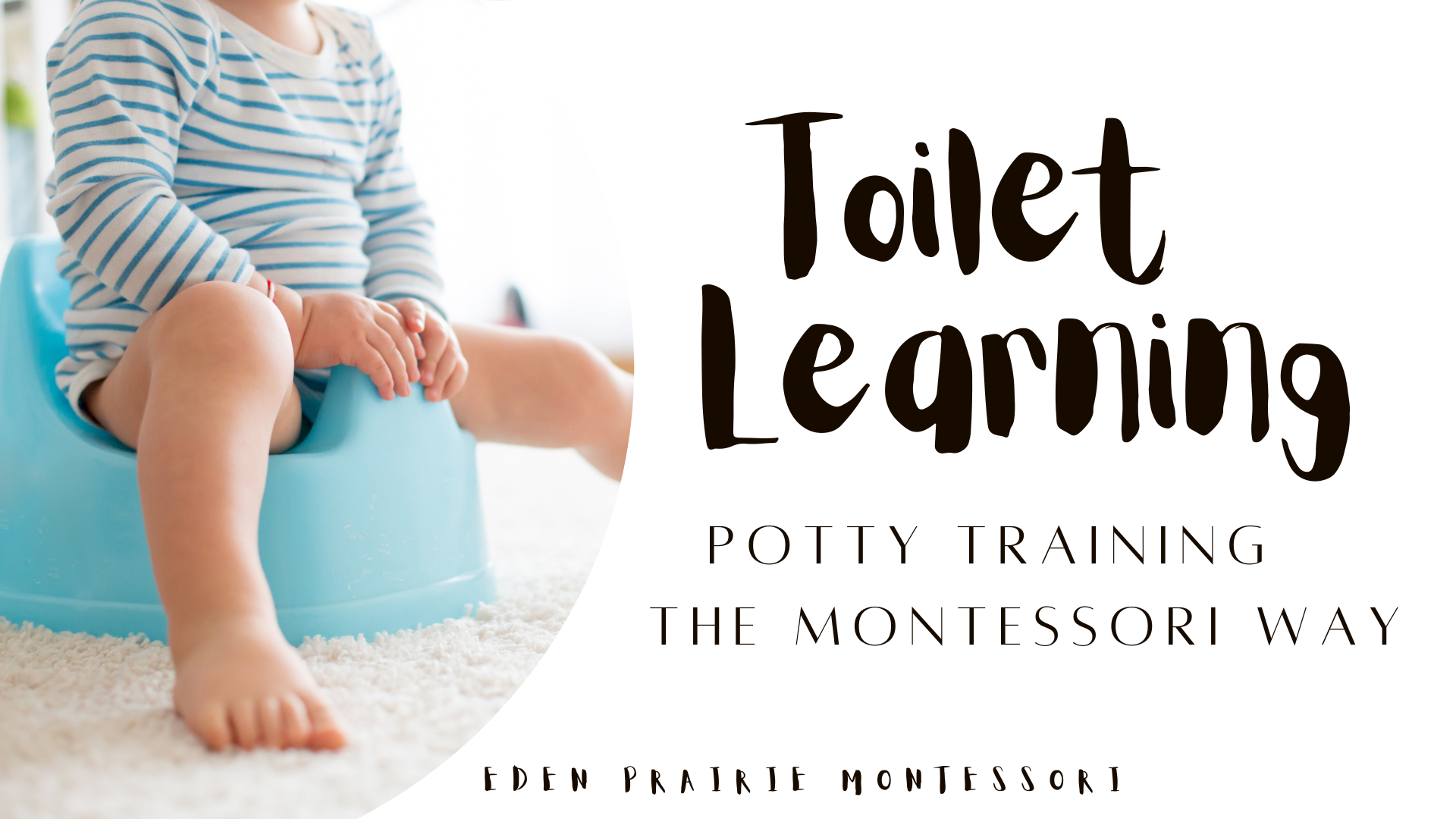
Transitioning from diapers to using the toilet is a significant milestone for both children and their families. Dr. Maria Montessori acknowledged that children are continually striving for independence, which includes mastering toilet use. The Montessori approach to this developmental stage emphasizes the child's learning process over traditional training methods.
Toilet Learning vs. Potty Training
In Montessori philosophy, the term "toilet learning" is preferred over "potty training." This distinction shifts the focus to the child's developmental journey rather than the parents' role in training. By emphasizing learning, we acknowledge that acquiring new skills requires time and effort, centering the child's experience and progress.
What is Toilet Learning?
Toilet Learning is different than potty training. In fact, you’re not training your child to do anything! Children naturally want to be involved in everything we do, including learning how to use the toilet and be independent. This is a gradual process as opposed to the idea of trying to potty train in a weekend. This process may take some time, but takes the pressure off your child and it becomes a pleasant experience without bribes. It gives children the opportunity to feel independent — a feeling they love.
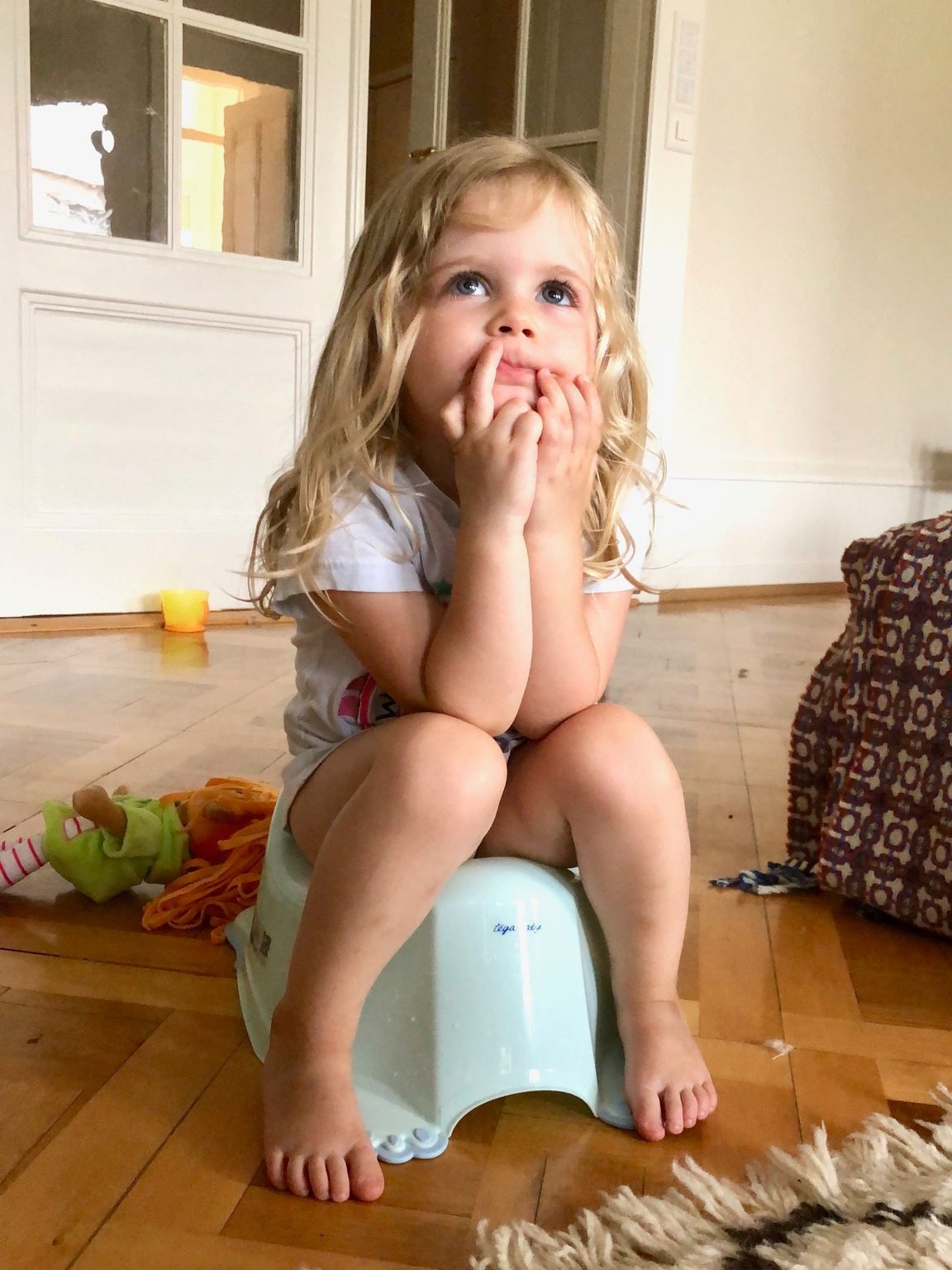
Initiating Toilet Learning from Birth
Toilet learning can begin in infancy. One effective method is using cloth diapers, which help infants become aware of wetness. Prompt diaper changes after wetting or bowel movements reinforce the association between cleanliness and comfort, fostering early awareness of bodily functions.
What to Expect When You Begin Toilet Learning
Expect for things to get messy: you will be doing more laundry and wiping up accidents. Your child has been used to going in a diaper and that diaper absorbs everything, so they may not be used to the sensation of feeling wet. This can be a big motivator for children as most do not like being wet. There are no sticker charts or prize baskets…just the simple idea that we try to stay dry! Communicating staying dry vs wet is a key factor during the process. If an accident happens, you can simply say “I know you’re working so hard to keep your underwear dry. These are wet. Let’s go to the bathroom.” while maintaining a positive attitude. Make frequent visits to the bathroom together. Give them time to sit and relax their bodies. With consistency, eventually your child will be running to the bathroom on their own when they feel the urge to go!

Creating a Prepared Environment: What You’ll Need
The key to creating your toddler's toileting space is accessibility. Think about how you can prepare the environment to allow them to be as independent as possible:
- a potty chair or the toilet which your child can access it independently (for example with a stool).
- extra cotton underwear
- a basket of books to pass the time
- a stool or place to sit and change wet clothes & put on new underwear
- wipes or cloths
- small laundry basket
- A source of water for independent handwashing or a stool at the sink
Clothing that Supports Toilet Learning Independence
To support toileting independence, clothing needs to be easy to put on and take off. Bottoms need to be loose-fitting to make it easier to independently pull up and push down (no leggings or jeans). Look for elastic waistbands, and avoid elastic cuffs around the ankles. Your toddler also needs to be able to remove clothes quickly to make it to the toilet in time. It can be difficult to push clothes down quickly if they are too small/tight or if there are buttons, snaps, or buckles to undo first. While stylish and cute, clothing like dresses, skirts, rompers, and overalls also hinder your child's ability to use the toilet independently. During toilet learning it is best to keep clothing very simple.

Five Steps to Montessori Toilet Learning
Children possess an innate curiosity and a drive toward independence. The following steps can guide the toilet learning process, with an emphasis on observing and responding to the child's readiness:
1.Familiarization with the Potty
Once your child begins walking, introduce a child-sized potty chair in the bathroom. Encourage exploration and allow them to sit on it, even with clothes on, to build comfort. Inviting your child to sit on the potty after diaper changes can create positive associations, but respect their willingness and avoid pressure.
2.Recognizing Readiness Signs
Physiological readiness is crucial for successful toilet learning. Indicators that your child may be ready include:
- Interest in the potty or following others to the bathroom.
- Staying dry for extended periods or after naps.
- Demonstrating awareness during bowel movements, such as hiding or squatting.
- Ability to sit on the potty independently.
- Following simple instructions.
- Communicating the need to use the potty.
- Desire for independence.
- you notice they touch their diaper often
- you notice a pattern in your child’s bowel movements each day
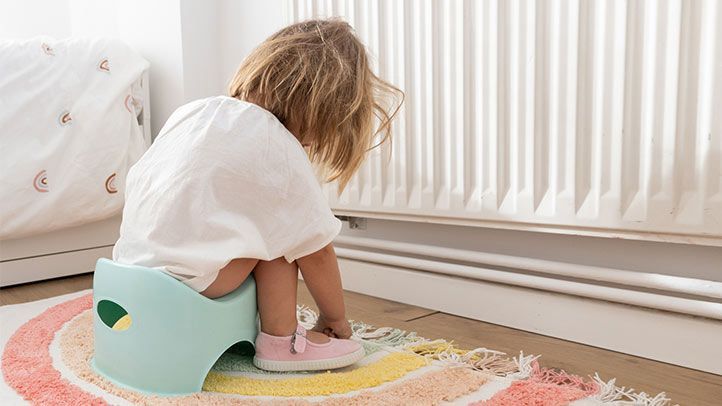
3.Transitioning to Underwear
When readiness signs are evident, introduce cotton underwear during the day. Choosing a time when you can stay home allows your child to become accustomed to the new routine without added pressure. Encourage regular potty visits, especially after waking and meals, to establish a consistent habit.
4.Responding to Accidents with Compassion
Accidents are a natural part of the learning process. Maintain a calm demeanor and avoid punishment or disappointment. Reassure your child that mistakes are acceptable and gently remind them of the potty's purpose. This approach fosters a supportive environment conducive to learning.
5.Promoting Independence and Consistency
Encourage your child's autonomy by allowing them to manage clothing during potty use and participate in handwashing. Consistent routines and positive reinforcement, such as verbal praise or a high-five, can motivate and affirm their progress.

By adopting these Montessori-inspired strategies, you support your child's natural development toward independence in toilet learning, creating a respectful and empowering experience for both of you!
And remember, every parent will find their own way on the toilet learning journey. Trust yourself to pick up on those “I need to go to the bathroom” cues from your little one and trust that they want to succeed and learn. They will get it when the time is right for them.
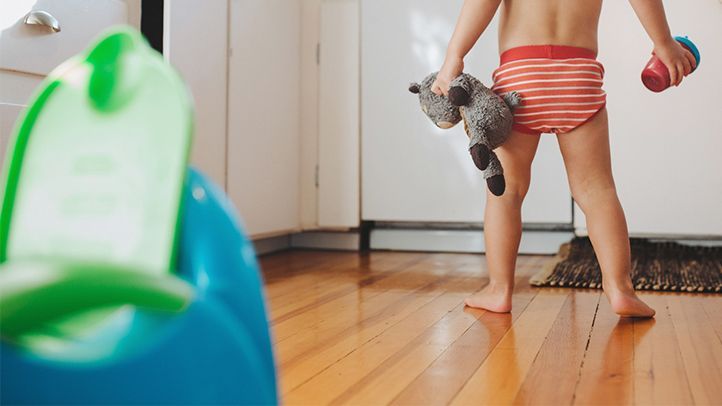
“Parents learn just like their children do: by seeing and by doing. That’s why we welcome interested families to visit Eden Prairie Montessori while school is in session. Observing our beautiful school, our fun playground, our happy children and their proud presenters – it’s the best way to see what we do!”




